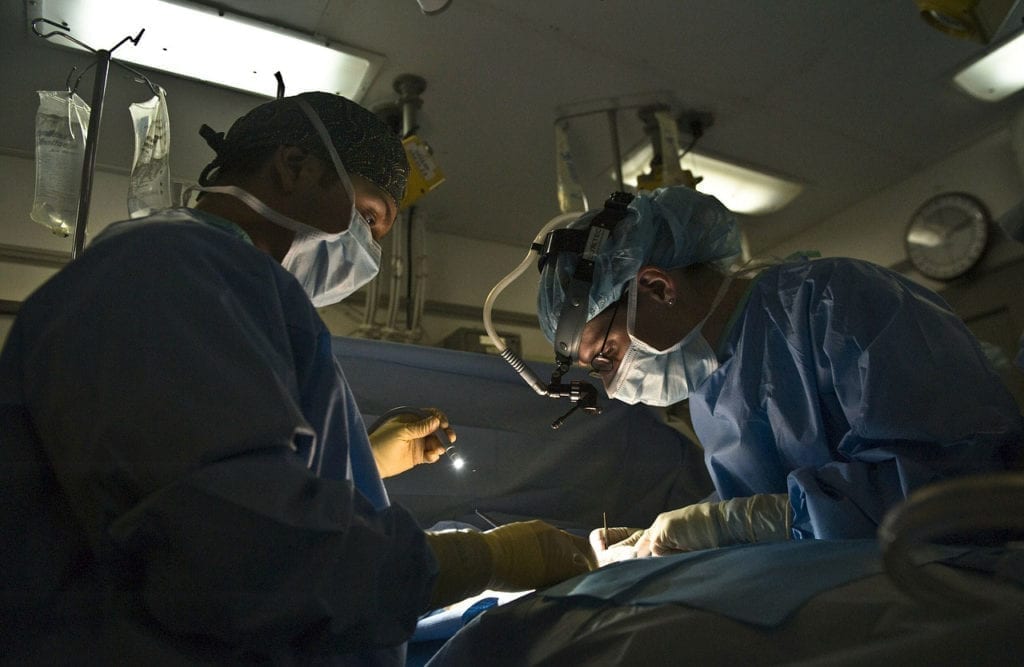When Valentina Rodriguez and Jason Gutierrez learned that their child would be born with spina bifida, they jumped into action. Neither knew exactly how to help their daughter, not yet—but they were committed to searching for options that would give her a shot at the best life possible. Eventually, reports Dalal Awienat of Arab News, the family traveled from Colombia to Abu Dhabi in the UAE, where their daughter—now named Maryam—underwent an innovative spinal correction surgery in the womb.
Dr. Mandeep Singh, a maternal and fetal medicine consultant at Burjeel Medical City, led the charge for Maryam’s surgery. The surgery was offered to the family at no cost to them. While these surgeries are still relatively new, Dr. Singh advises all families that there are options available to them.
In this case, Dr. Singh performed a complex surgery while Maryam was still in the womb. The surgery was successful. Maryam has normal muscle tone, movement, and bladder function. Although her family recognizes that she will need continued care, they feel thankful that their daughter seems to be thriving.
Understanding Spina Bifida
The literal meaning of spina bifida is cleft spine. This condition occurs when the neural tube fails to close completely during embryonic development. The neural tube becomes the brain and spinal cord. So people with spina bifida are born with a partially closed spinal column and partially exposed spinal cord. There are four main types of spina bifida:
- Spina Bifida Occulta: In this mild and most common form, the spinal cord nerves develop normally even though the vertebrae are malformed.
- Closed neural tube defects: These defects affect the fat, bone, or meninges. People with this form often have minimal symptoms, but may experience incomplete paralysis or bowel dysfunction.
- Meningocele: The protective covering of the spinal cord and spinal fluid protrude through a spinal opening, leading to complete paralysis and bowel dysfunction.
- Myelomeningocele: This is the most severe form of spina bifida, in which the spinal cord and meninges protrude through the spinal opening.
While the spinal opening can be surgically repaired, many people with spina bifida have lasting nerve damage and some level of lower limb paralysis. Spina bifida can be treated with surgeries, medication, and corrective interventions. Additional symptoms and characteristics of spina bifida may include poor bladder or bowel control, intellectual disability, seizures, a dimple or tuft of hair over the affected area, difficulty walking, and hydrocephalus.







